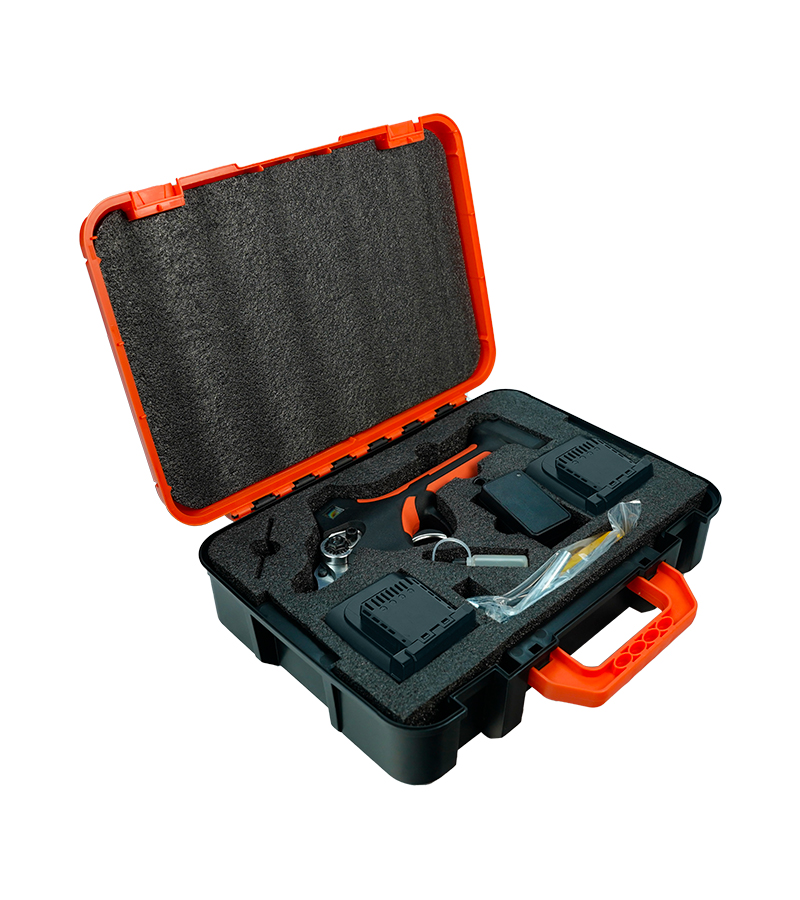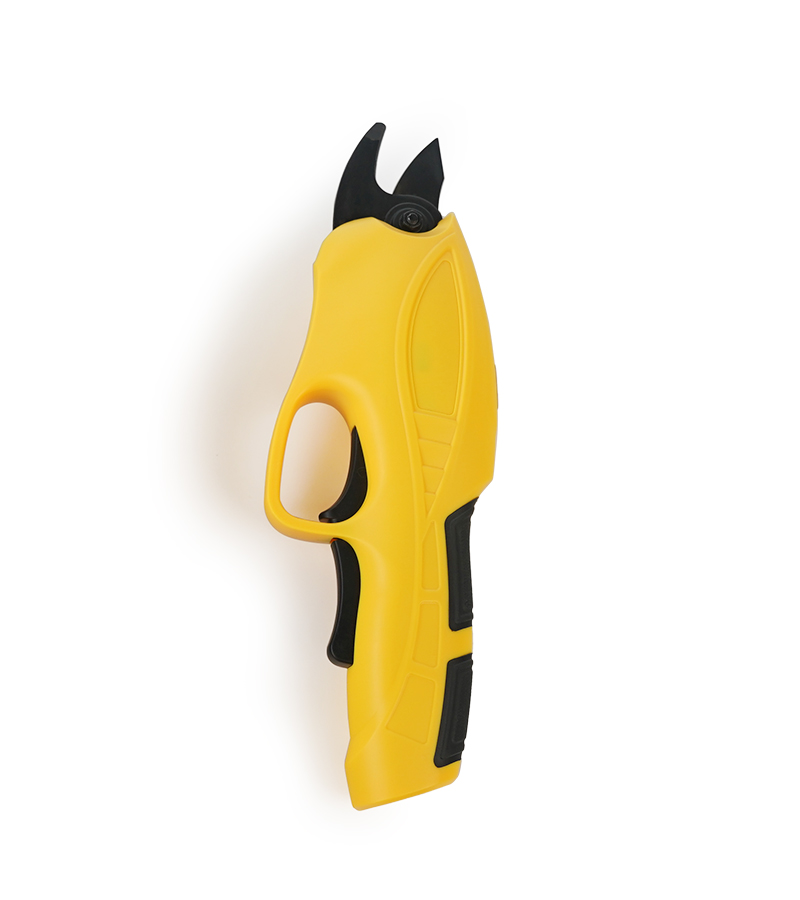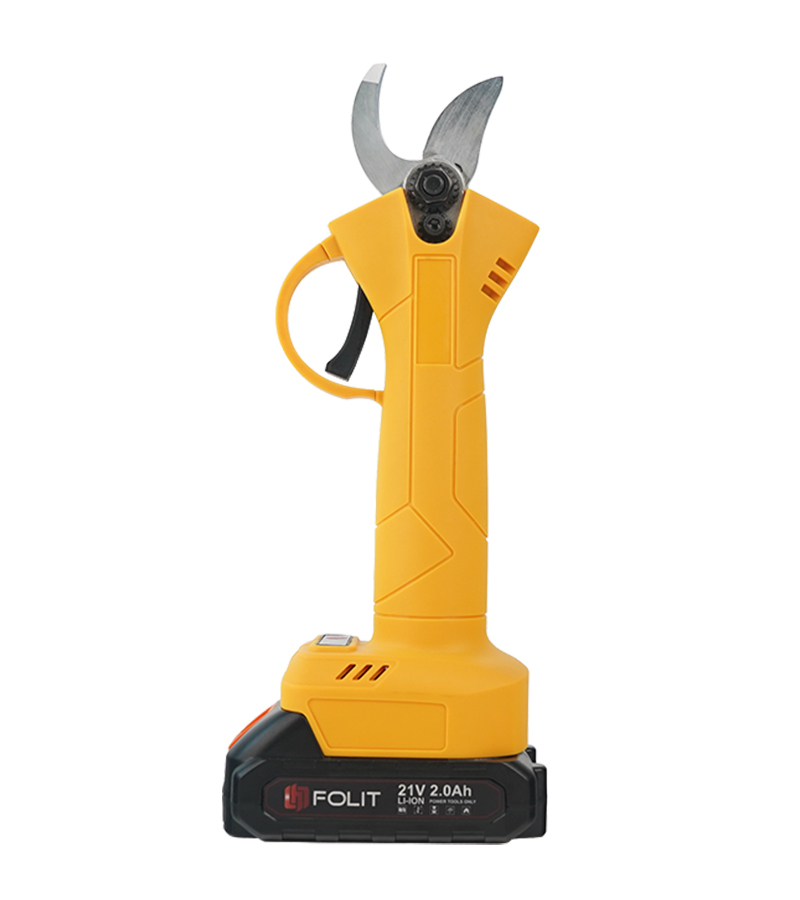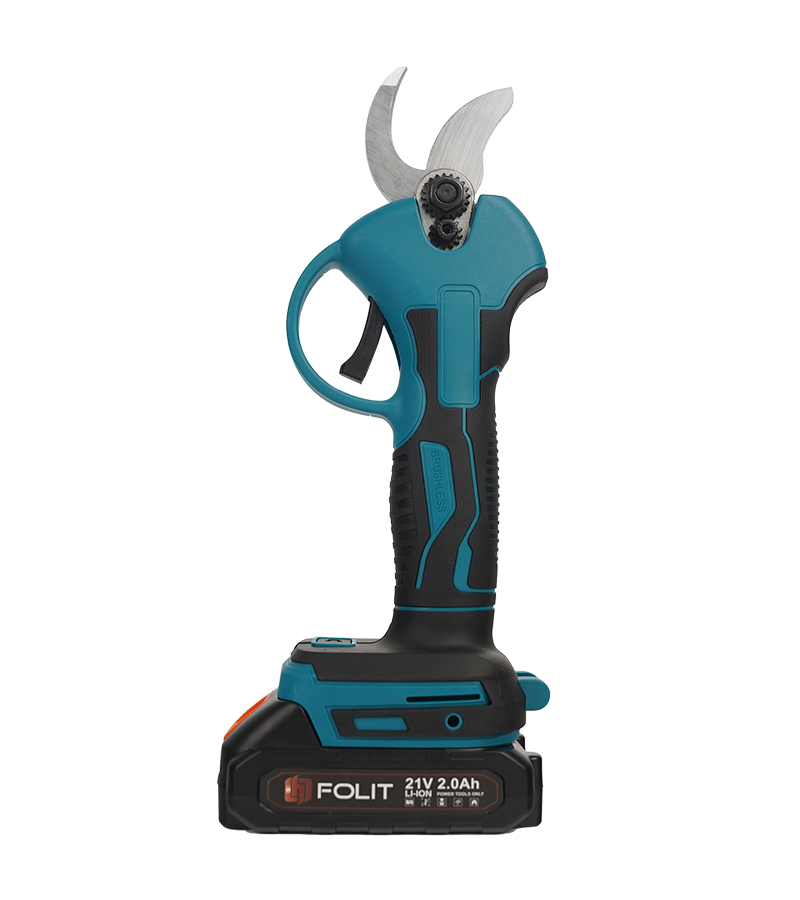Introduction: The Rise of Smart Pruning Tools
Electric secateurs have moved beyond the hobby gardener’s shed — they’re now transforming professional landscaping and agricultural work.
According to Market Research Future (2024), the global electric pruning shears market is expected to grow at a CAGR of 6.8% between 2024 and 2030, driven by demand for cordless convenience and labor-saving design.
But are these tools truly worth it — both for home gardeners and for professionals running large-scale landscaping or orchard operations? Let’s look at the return on investment (ROI), productivity data, and long-term benefits.
Part 1: For Home & Hobby Gardeners
Electric secateurs simplify garden maintenance, especially for users with large or dense shrubs.
Benefits for hobbyists:
- Ease of use: Reduces hand strain by up to 70%, based on a Royal Horticultural Society (RHS) user study (2023).
- Time-saving: Cuts pruning time by 40–50% for tasks like rose or hedge trimming.
- Safety & consistency: Automatic blade control ensures even cuts, lowering the risk of plant damage.
💡 Example ROI:
A gardener who spends 2 hours a week pruning can save around 50 hours per year — equivalent to nearly £750 in saved labor time (assuming £15/hour equivalent effort).
Part 2: For Professional Landscapers & Agricultural Use
In professional environments — vineyards, orchards, or urban landscaping services — efficiency equals profit.
Data-backed performance comparison:
| Category | Manual Secateurs | Electric Secateurs |
|---|---|---|
| Average cuts/hour | 800–1000 | 2500–3000 |
| Fatigue level (self-reported) | High | Low |
| Tool lifespan | 2–3 years | 4–5 years |
| Productivity gain | — | +60–70% |
| Average ROI period | — | 6–9 months |
(Source: European Landscape Equipment Report, 2024)
With teams handling thousands of cuts per day, switching to electric secateurs can reduce labor costs by 25–30% annually while improving precision and safety compliance.
Part 3: Cost and Maintenance Insights
Initial cost:
Electric secateurs typically range from £150 to £350, depending on battery capacity and motor type.
Long-term savings:
- Lower replacement frequency (brushless motors last longer).
- Fewer hand injuries and compensation claims for professionals.
- Consistent cut quality reduces plant recovery time, improving aesthetic value for clients.
Regular cleaning, blade lubrication, and periodic battery care ensure performance longevity — as much as 1,000+ working hours per tool lifecycle.
Part 4: Environmental & Ergonomic Impact
Modern electric secateurs are energy-efficient (often <50W per cut cycle) and use rechargeable lithium-ion batteries, minimizing environmental footprint.
Furthermore, ergonomic handle designs, like those from FOLIT FH-2145 series, are designed to fit natural hand curvature — reducing repetitive strain injuries and ensuring precision control even during long work sessions.

Conclusion: The Verdict — Yes, They’re Worth It
Whether you manage a private garden or a professional landscaping crew, electric secateurs offer tangible ROI, efficiency, and comfort.
✅ For hobbyists: Save time and energy.
✅ For professionals: Increase productivity, safety, and profit margins.
✅ For retailers & distributors: Rising demand creates strong sales potential in Europe, the UK, and Japan markets.
Electric secateurs aren’t just a tool — they’re an investment in smarter, sustainable, and more efficient gardening.








